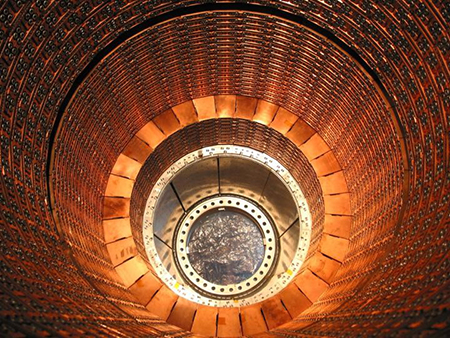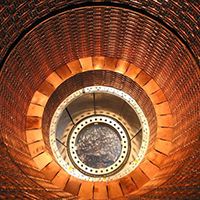 For National Science and Engineering Week , we are celebrating 10 great scientific advances made at the University of Liverpool. Over the 10 days of the event, we will be highlighting a different advance each day to show what science can achieve.
For National Science and Engineering Week , we are celebrating 10 great scientific advances made at the University of Liverpool. Over the 10 days of the event, we will be highlighting a different advance each day to show what science can achieve.
Our sixth advance in the series is the story of how the University played a part in one of the most important physics breakthroughs this century.
University of Liverpool physicists were part of the team which built the Atlas SCT Detector at CERN in Switzerland. They were also on hand as part of the team which finally identified the elusive Higgs boson in 2012.
Dr Joost Vossebeld is a key member of the Liverpool team responsible for the construction of the ATLAS SCT detector. He is currently both the UK project leader and the ATLAS-wide institute board chair for this detector.
Speaking at the time, he said: “The Particle Physics group in Liverpool is thrilled with this award [the Nobel prize], which explicitly recognises the important role of the ATLAS and CMS experiments. Liverpool physicists, engineers and technical staff developed and built a key part of the ATLAS experiment in Liverpool.”
Alongside Dr Vossebeld, Dr Andrew Mehta and Dr Carl Gwilliam were also part of the analysis team in ATLAS which achieved the discovery of the Higgs particle.
The University is continuing its work at CERN and is also helping to build a new 60km accelerator in Japan that will allow scientists to measure the properties of the Higgs with even greater precision.
To see the other nine great advances, visit the University’s news pages during National Science and Engineering Week (14-23 March).
If you want to find out more about current research in this area at the University of Liverpool, visit the particle physics website, or go to our study pages to find out more about studying physics.
